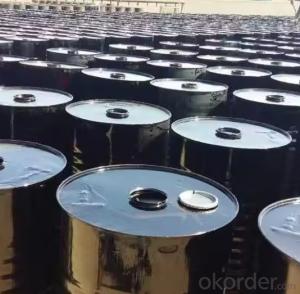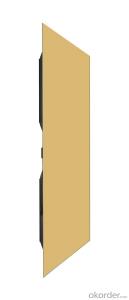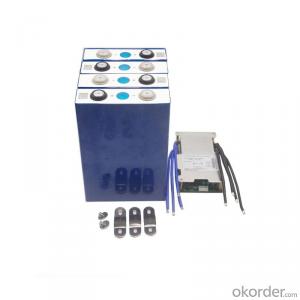Loading Port:Shanghai
Payment Terms:TT OR LC
Min Order Qty:24 watt
Supply Capability:100000 watt/month
CNBM Poly Solar Panel 300W A Grade with Factory Price
Production description
solar panels that can always be pointed at the Sun even as the rest of the body of the spacecraft moves around, much as a tank turret can be aimed independently of where the tank is going.
Each module is rated by its DC output power under standard test conditions, and typically ranges from 100 to 365 watts. The efficiency of a module determines the area of a module given the same rated output – an 8% efficient 230 watt module will have twice the area of a 16% efficient 230 watt module.
Depending on construction, photovoltaic modules can produce electricity from a range of frequencies of light, but usually cannot cover the entire solar range (specifically, ultraviolet, infrared and low or diffused light). Hence, much of the incident sunlight energy is wasted by solar modules, and they can give far higher efficiencies if illuminated with monochromatic light. Therefore, another design concept is to split the light into different wavelength ranges and direct the beams onto different cells tuned to those ranges.[citation needed] This has been projected to be capable of raising efficiency by 50%. Scientists from Spectrolab, a subsidiary of Boeing, have reported development of multijunction solar cells with an efficiency of more than 40%, a new world record for solar photovoltaic cells.
Currently the best achieved sunlight conversion rate (solar module efficiency) is around 21.5% in new commercial products[3] typically lower than the efficiencies of their cells in isolation. The most efficient mass-produced solar modules[disputed – discuss] have power density values of up to 175 W/m2(16.22 W/ft2).[4] Research by Imperial College, London has shown that the efficiency of a solar panel can be improved by studding the light-receiving semiconductor surface with aluminum nanocylinders similar to the ridges on Lego blocks. The scattered light then travels along a longer path in the semiconductor which means that more photons can be absorbed and converted into current. Although these nanocylinders have been used previously (aluminum was preceded by gold and silver), the light scattering occurred in the near infrared region and visible light was absorbed strongly. Aluminum was found to have absorbed the ultraviolet part of the spectrum, while the visible and near infrared parts of the spectrum were found to be scattered by the aluminum surface. This, the research argued, could bring down the cost significantly and improve the efficiency as aluminum is more abundant and less costly than gold and silver. The research also noted that the increase in current makes thinner film solar panels technically feasible without "compromising power conversion efficiencies, thus reducing material consumption".[5]

Application
Aerospace
Residential
Commercial
Large solar power plant
Distributed plant
Product Feature
1.A grade high efficiency solar cells.
2.TUV/UL/CE/CEC etc
3.Fast shippment
4.25 years warranty
5.OEM
Package
24pcs into one carton, 312pcs into a 20 foot container, 728pcs into a 40 foot container.



